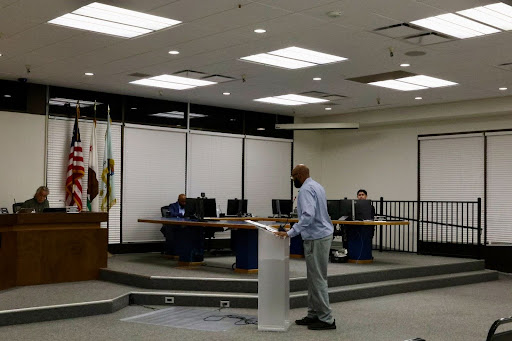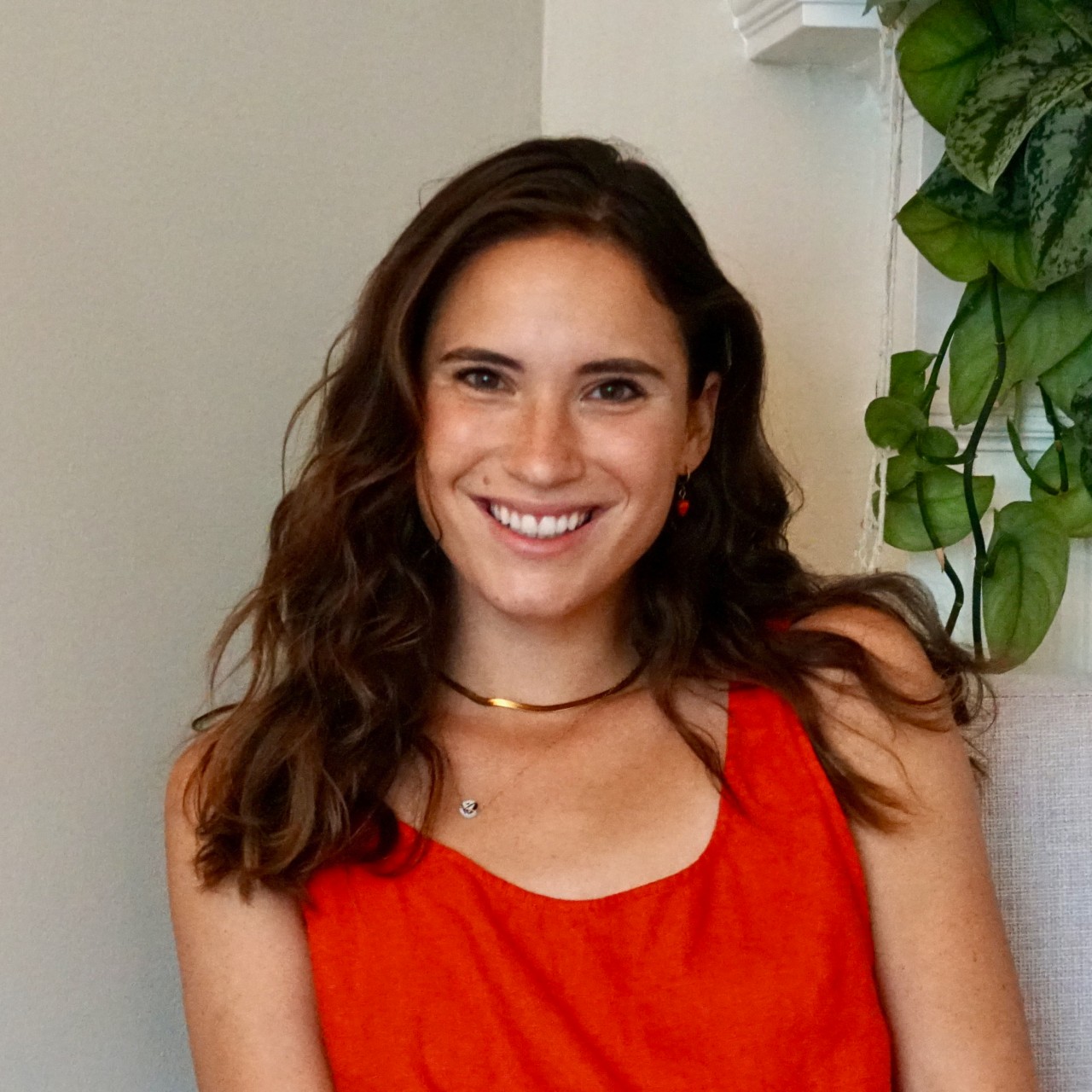
City Council on Oct. 7. (Eleanor Jackson / Peninsula Press)
EAST PALO ALTO, Calif.–The city of East Palo Alto is in the final stages of forming its own youth governing body–a group of students between ages 12 to 18 who would provide guidance to the city about local issues.
Members of the East Palo Alto City Council have been pushing for a youth governing body for years, a step they hope will increase youth engagement.
One key advocate, Lisa Gauthier, current San Mateo County Supervisor and former East Palo Alto Mayor, shared that she felt a call to support student leaders because she began her leadership journey in high school.
As Mayor of East Palo Alto, she started advocating for youth in 2015 when she accepted President Barack Obama’s “My Brother’s Keeper Community Challenge,” an organization devoted to making things better for young men and boys of color.
A few years later, she noticed that other city councils in San Mateo County were forming youth commissions and began advocating to bring one to East Palo Alto.
Today, nearly 75% of the cities in San Mateo County already have youth governing bodies. Despite the county-wide trend, not all council members agree that it is the right thing to do.
While East Palo Alto may be one of the last cities to form their youth council, they are taking the time to get it right.
Consultant Wendy Pacheco described their approach as “ensur[ing] that this isn’t just some idea that came from the minds of adults.” Instead they want to “make sure that young people are a part of the process every step of the way.”
The process kicked off in November of 2024 when the city allocated $50,000 for the project and requested proposals from consultants interested in working on the governing body.
They ultimately chose three. The Youth Leadership Institute provides guidance around governing structure, Tonga Victoria leads community outreach, and the Creative Hustle team runs the in-person co-design workshops. Together, they form the Youth Governing Body Consultant Team.
The team ran two successful workshops over the summer.
“ I don’t know if any of you have been standing or sitting in the front of room of 40-plus kids and trying to get them engaged, and stay engaged, without being on their phones, but that is something that I have seen twice now for at least two hours,” Maurice Baker, community services manager, explained to East Palo Alto City Council on Oct. 7.
Even after hearing the findings from the co-design sessions, not all of the council members agreed that there should be a youth commission, let alone what it should look like.
Councilmember Carlos Romero questioned the premise of a youth governing body. “ I think that youth should be radicalized, but they should be radicalized outside a formal city government setting to the extent that they want to overturn the world,” he said.
While the other councilmembers didn’t share the same philosophical concerns, they questioned the structure.
Councilmember Ruben Abrica emphasized the importance of finding ways to expand beyond the set group of students that would be serving on the commission and offering city leadership training to any interested youth throughout the year. He also suggested that they could set up a commission for youth to have direct input into the school district in addition to the council.
Vice-Mayor Mark Dinan proposed not only forming a youth commission, but also including youth representatives on the other commissions, such as public works.
With key details of the structure and the budget left to finalize, the youth of East Palo Alto will have to wait until December for an official vote on whether or not they will have a governing body.
Between now and then, community members can attend the final listening session currently scheduled for Nov. 6 and be on the lookout for a survey from the Youth Governing Body Consultant Team.

